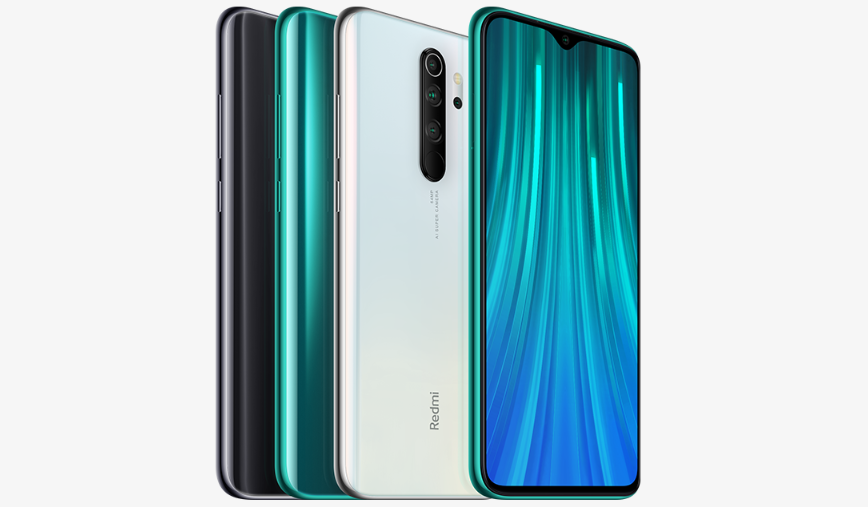TWRS is now officially available for Xiaomi Mi A3 and Redmi Note 8 Pro. This is great news for enthusiasts and individuals that like to flash custom ROMs on their smartphones.
For those unaware, TWRP, enables one to replace the stock recovery for a custom recovery to allow smartphone enthusiasts to use custom ROMs and skins on their smartphones. Needless to say, an official support for the same makes it a bit easier and accessible for people looking forward to completely customize their handsets. The reason TWRP is so popular is due to the massive library of smartphones it supports which now also includes XIOMI MIA3and REDMI 8 PEO.
Xiaomi Mi A3
The mid range Android One smartphone from the Chinese smartphone maker has had an unofficial port TWRP for a while now. However, official builds are always safer and much more reliable, so it comes as great news for those who waited. Notably, since Xiaomi Mi A3 uses the A/B partition system which doesn’t work well with standard flashing methods, users interested in flashing their devices are advised to read the instructions carefully.
Editor’s Pick: Apple says that EU regulations for common smartphone charger will harm consumers
Unlike a regul recovery twrp.img command, one has to use the fastboot boot twrp.img command line. After this, navigate to the Advanced>Install Recovery Ramdisk option, and then select the TWRP recovery image stored on your device’s storage to manually flash it.
Redmi Note 8 Pro
Xiaomi’s subsidiary Redmi has also received the official TWRP support; but it is known to be a bit more difficult to flash and mod, unlike other Snapdragon powered Redmi smartphones. This device is prone to hard brick on users so user caution is advised when flashing the Redmi Note 8 Pro. Users must follow the the exact instructions properly to avoid any complications in the process. Go ahead with the process only if you are sure you can handle it and, or are well versed with the method.




Gud
ReplyDelete